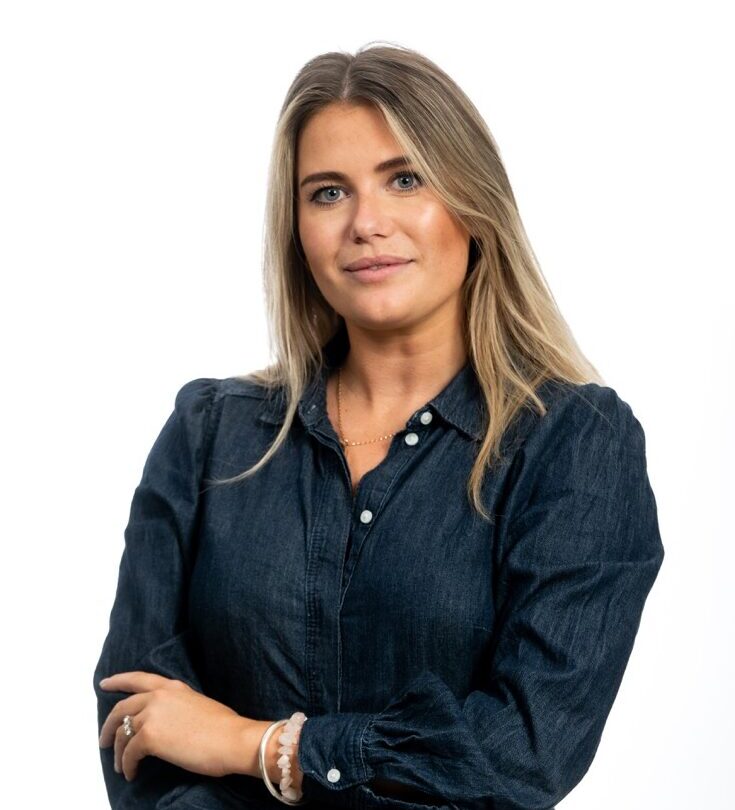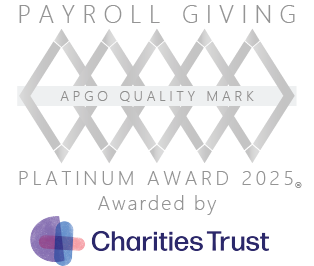In April we focused on good news, bad news, debatable news and the news brands themselves. From sector booms in the market provoking us to think about.
CTV landscape: pros and cons
In 2023, CTV penetration soared to 73%, a remarkable increase from just 11% in 2014. GroupM projects a 13.8% growth in CTV ad revenue for 2024, building on a 10.9% rise in 2023. An article from Samsung Ads underscores five key factors shaping the CTV landscape:
- Broadcasters remain pivotal players, with BVOD and SVOD consumption peaking during prime time, presenting opportunities for other streaming market entrants to capitalise on this time band.
- CTV has guided in new ad formats like interactive and shoppable ads, offering novel ways to engage audiences on television screens.
- Binge-watching has become commonplace, reflecting the abundance of available content, as indicated by Samsung Ads’ data.
- The sustained integration of machine learning across CTV platforms enhances user experience and content discoverability, catering to the demand for personalised content.
- Privacy emerges as a crucial consideration, with CTV partners forging alliances with third parties to prioritise user consent and data control while delivering personalised content. Samsung Ads anticipates further partnerships in 2024 to uphold data integrity while ensuring tailored content delivery.
It is an interesting article that highlights the positives of VOD and other streaming services. However, it fails to mention a few key aspects that we’ve seen with our own clients, that may prove to hinder the growth of CTV. Firstly, measurement isn’t there yet for CTV, which is something we know all our clients want. You’re unable to go into granular detail about what programmes or content impressions were served against, something that is available across VOD. Furthermore, you’re unable to directly attribute any CTV activity, something that is also a struggle across other forms of online video. We have run CTV previously for clients and in most instances, we found the impact this had on incremental reach, on top of our linear TV and VOD, was minimal. Additionally, the content on CTV isn’t necessarily premium and it’s a challenge to meet this premium bar, given that the TV giants such as Sky, ITVX and Channel 4 still dominate this space.
One positive that can be drawn from CTV is the high level of targeting (something which isn’t available on TV apart from platforms such as Sky AdSmart). However it raises the question, what use is this targeting when you can’t necessarily measure it? CTV is definitely something that will grow once some of the issues with it are ironed out and it’s a good medium for a client that is less interested in direct response, but wants to ensure they’re hitting a specific audience.













